Tobe
Editor's Column "Craft Production Regions" VOL.4 AD
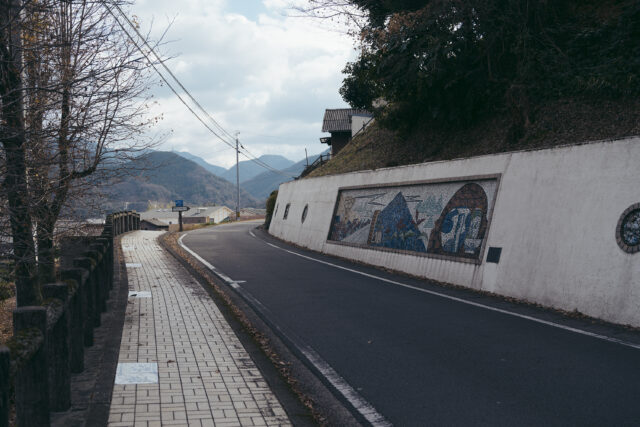

VOL.1-4
Update
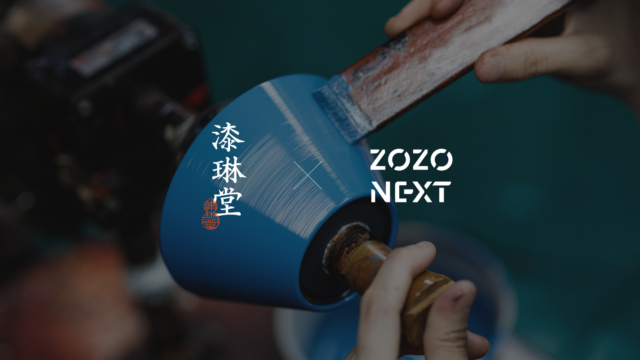
VOL.1-19
Update
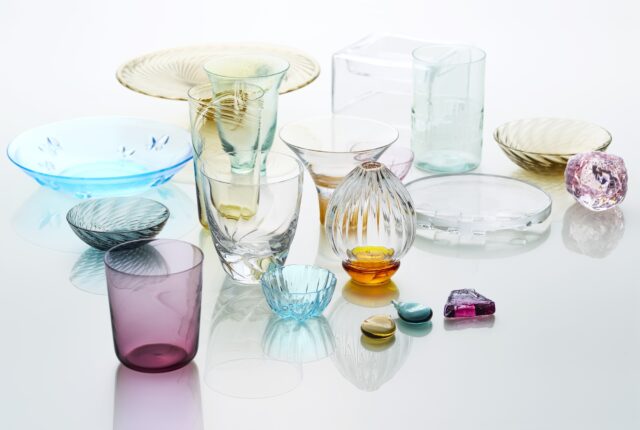
VOL.1-17
Update
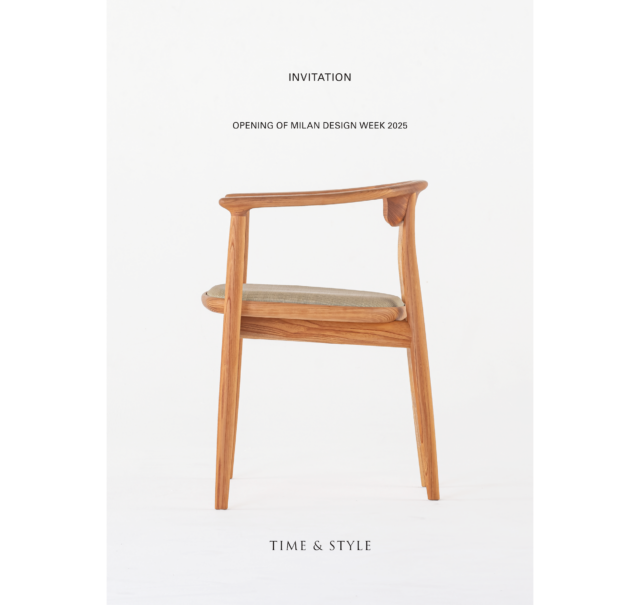
VOL.1-43
Update
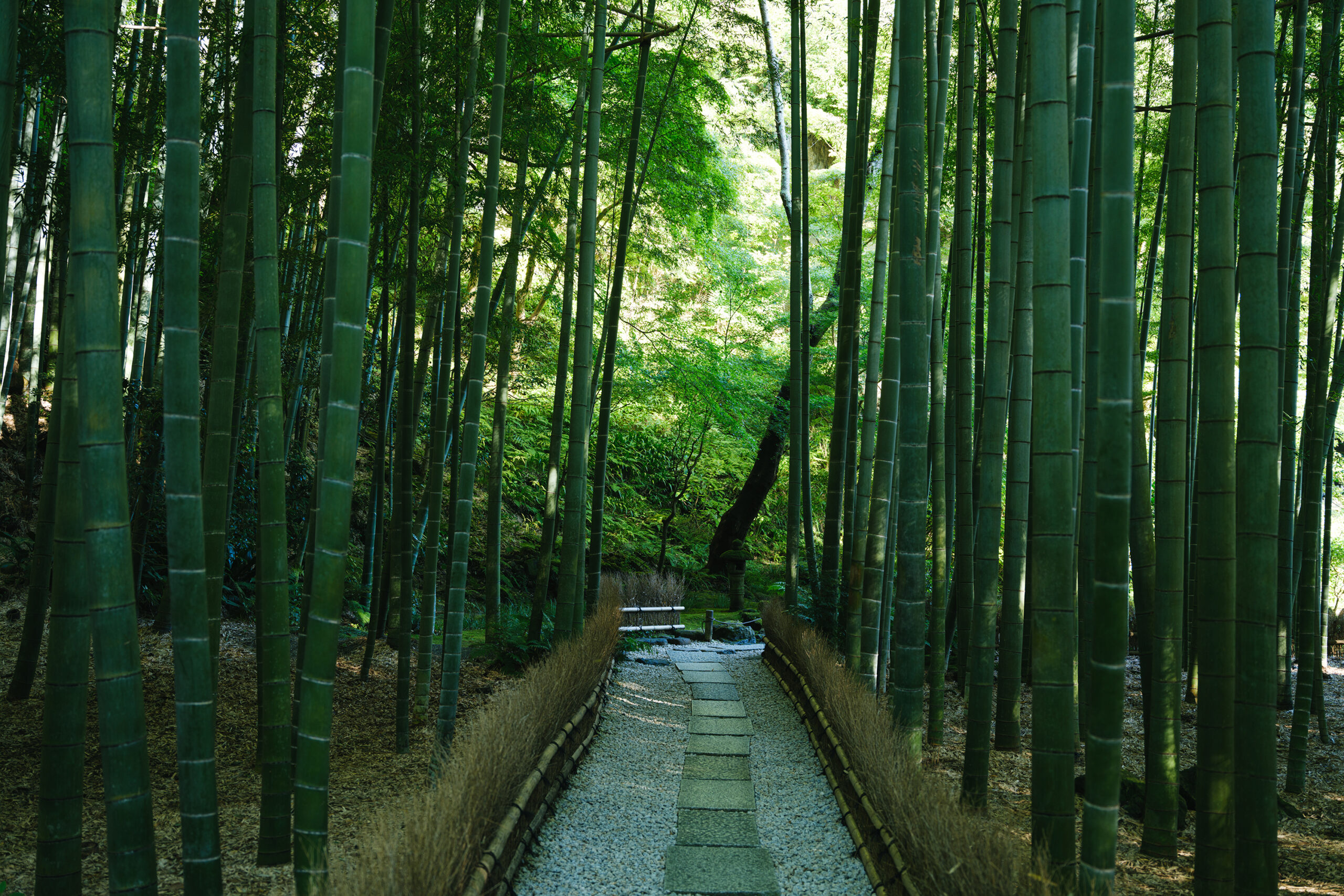
VOL.1-2
Update
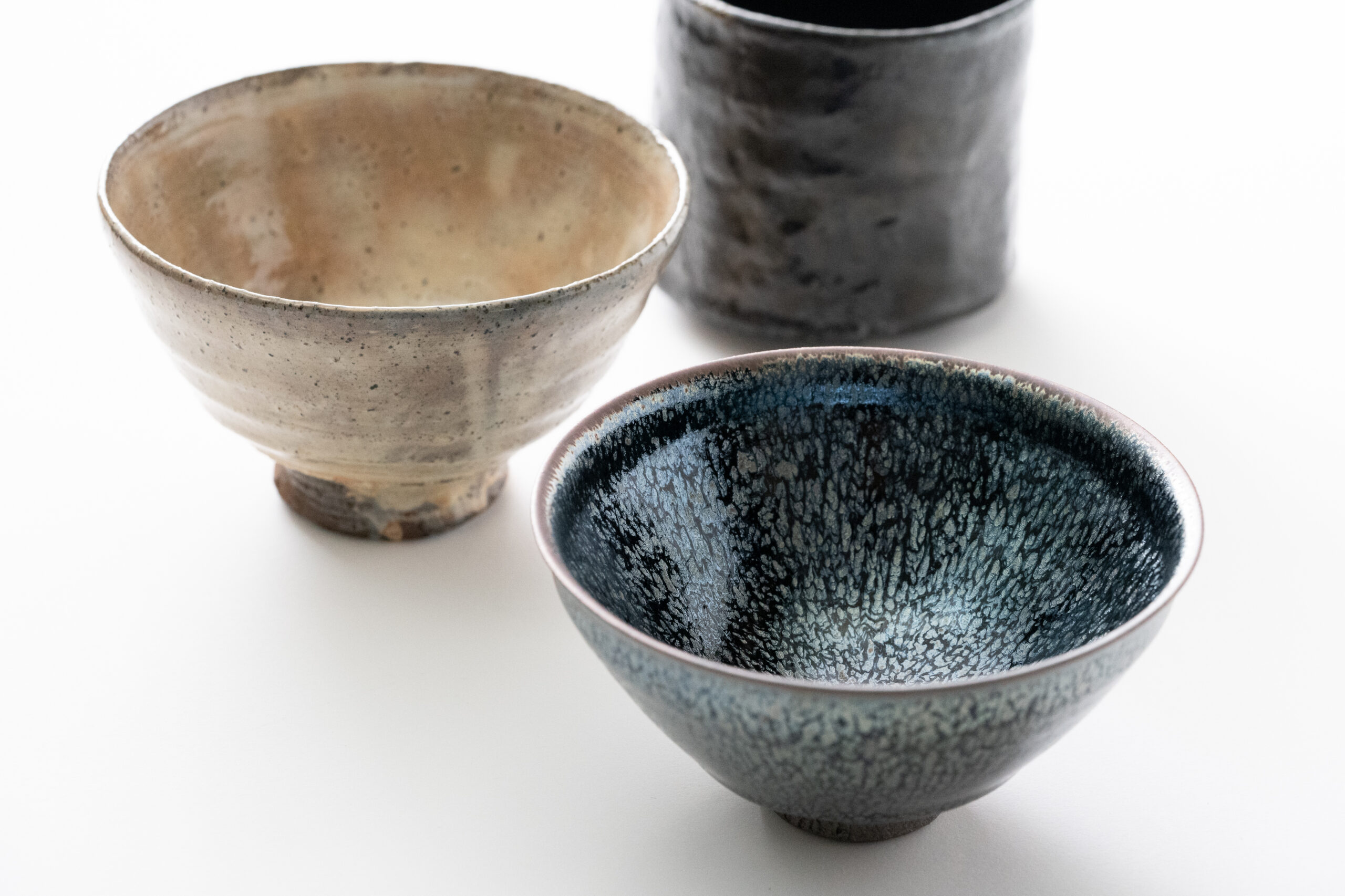
VOL.1-3
Update
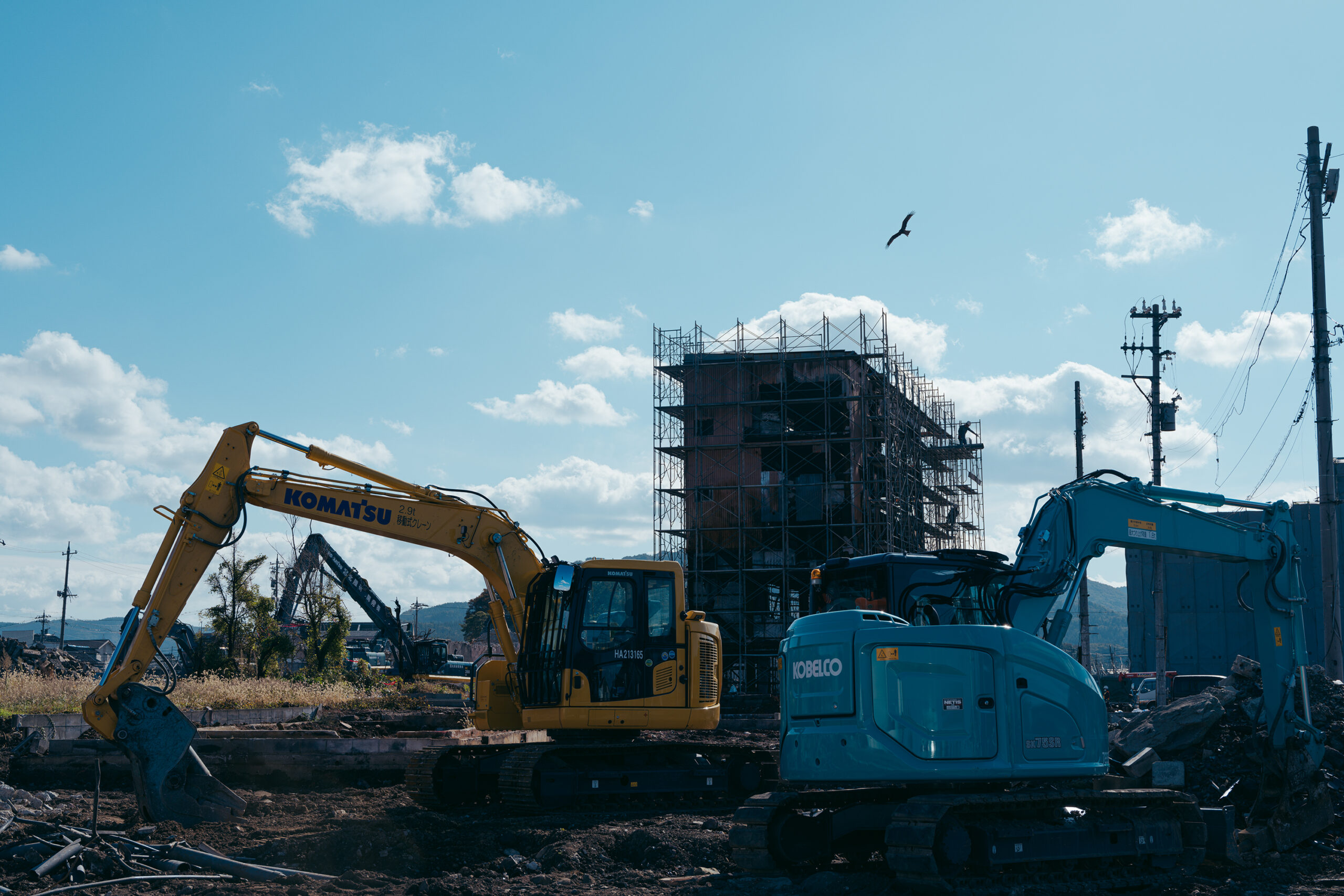
VOL.1
Update

VOL.1-7
Update
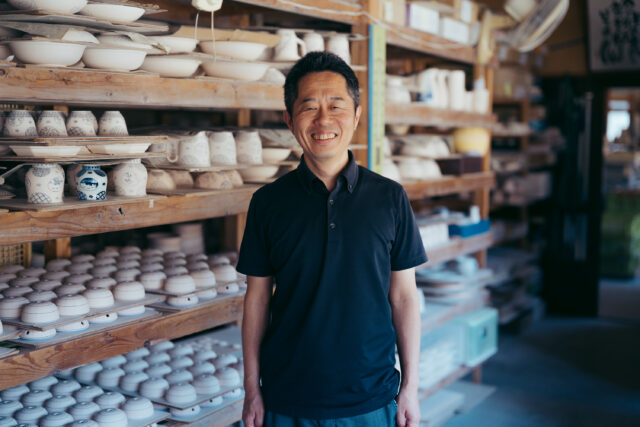
VOL.1-32
Update
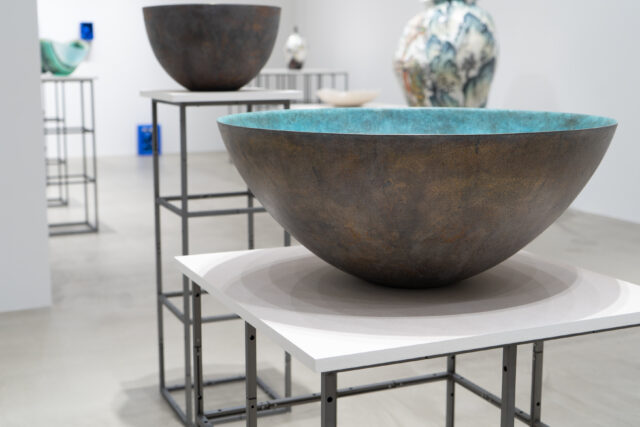
VOL.1-26
Update
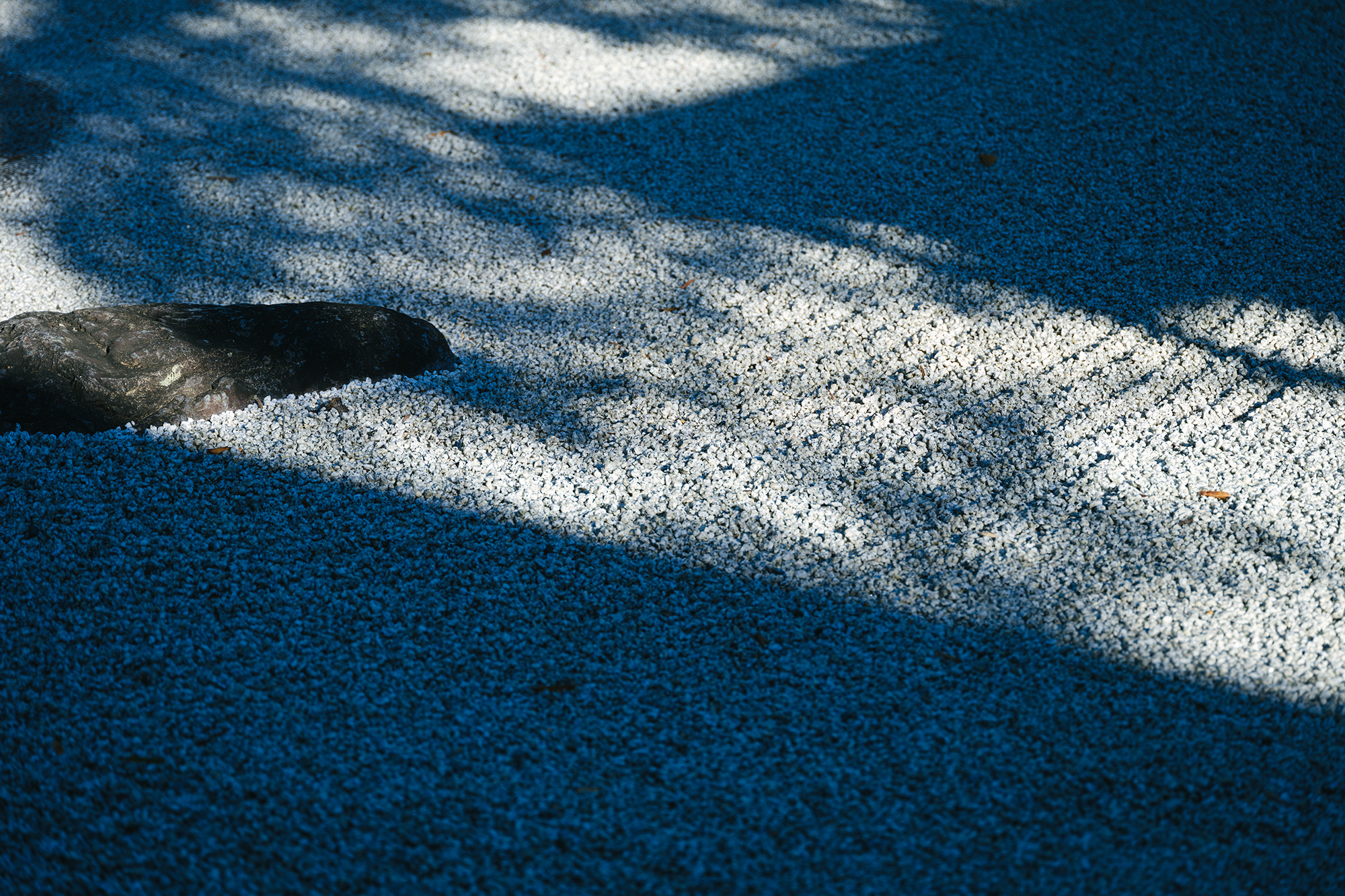
VOL.1-12
Update
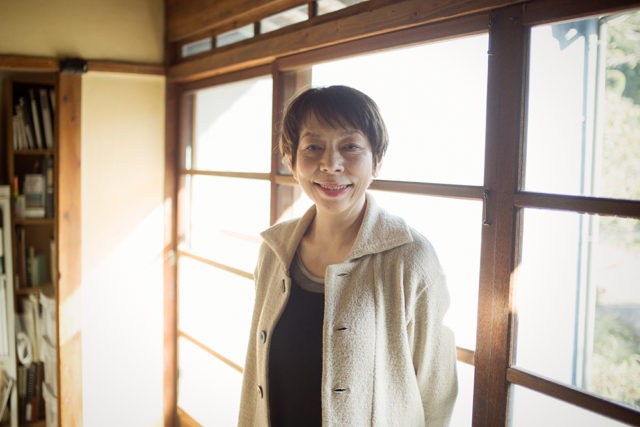
VOL.1
Update
We share a variety of information and perspectives on Japanese crafts, including exhibition information and interviews.
Editor's Column "Craft Production Regions" VOL.4 AD
KOGEI Topics VOL.19
New Products VOL.17
Featured Exhibitions & Events VOL.43
Apr 5 – Jun 22, 2025
SEIKADO BUNKO ART MUSEUM
Apr 8 – May 6, 2025
The Gotoh Museum
Apr 11 – Jun 15, 2025
Kyoto City KYOCERA Museum of Art
Apr 12 – Jun 29, 2025
TOGURI MUSEUM OF ART

As the name of the work indicates, this black tea bowl was made as a replication of the black Raku tea bowl of Hon’ami Koetsu, a cultural figure of the Momoyama period (1573 – 1603) who left many masterpieces. Delicately made, the way it rises from an angular waist gives it a sharp appearance, while the gentle curves from the body to the mouth and the gentle lip leaning slightly inward give a sense of natural softness that results from the hand-building process. The top of the tea bowl and the inside and outside of the lip reveal a rough, unglazed brownish clay, but the luster of the black glaze spread over the entire surface is magnificent. Even the inside of the kodai, or foot, is covered in jet black, and the rich luster creates an uneven texture in the body and a boiling effect on the inside of the bowl.
Although the artist, Hideki Yanashita, has faithfully followed Koetsu’s techniques and style, this work is not just a replication of Koetsu’s work, but has the refinement, serenity, and modern touch that characterize Hideki’s own style. The artist’s sensibility expresses in the present the vision that Koetsu saw in his own works. What connects the two is nothing less than the passion for expression.